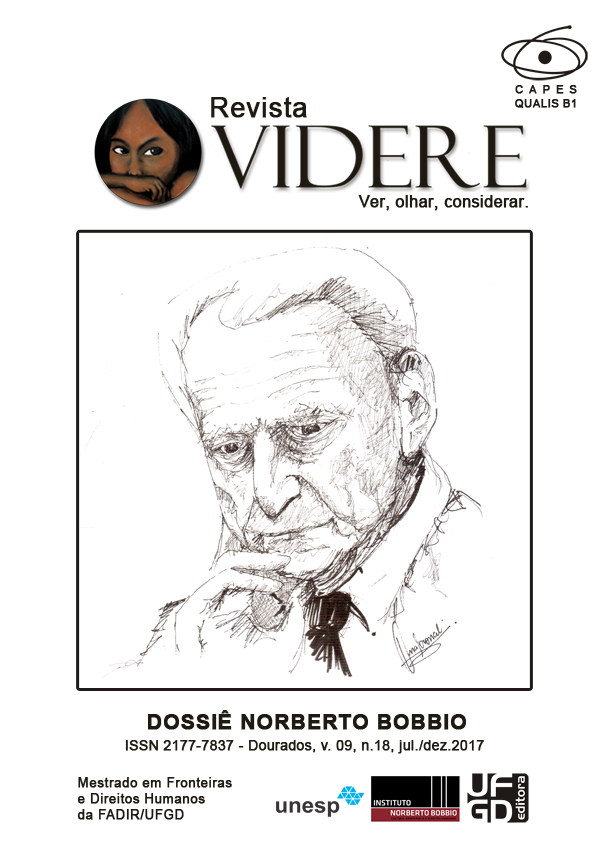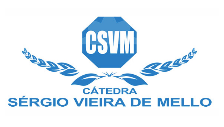A aplicação da teoria do ordenamento jurídico de Norberto Bobbio na solução da antinomia entre o Código de Processo Civil de 2015 e o Estatuto da Pessoa com Deficiência
DOI:
https://doi.org/10.30612/videre.v9i18.6860Keywords:
Teoria geral do direito. Antinomia. Estatuto da Pessoa com Deficiência. Código de Processo Civil de 2015.Abstract
O presente artigo tem como objetivo analisar a possibilidade de aplicação da teoria do ordenamento jurídico delineada por Norberto Bobbio para solucionar o problema de antinomia presente entre o Código de Processo Civil de 2015 e o Estatuto da Pessoa com Deficiência. Isso porque a Lei 13.146/2015 alterou algumas disposições do Código Civil que também foram revogadas pelo Código de Processo Civil, havendo um atropelamento legislativo. Desse modo, trata-se de uma temática atual que precisa ser estudada, de modo a trazer segurança para as pessoas com deficiência, cujos interesses são os mais afetados em razão desse problema de coerência do ordenamento jurídico brasileiro.Downloads
Downloads
Published
How to Cite
Issue
Section
License
Authors must accept the publication rules when submitting the journal, as well as agree to the following terms:
(a) The Editorial Board reserves the right to make changes to the Portuguese language in the originals to maintain the cultured standard of the language, while respecting the style of the authors.
(b) Authors retain the copyright and grant the journal the right to first publication, with the work simultaneously licensed under the Attribution-NonCommercial-ShareAlike 3.0 Brazil (CC BY-NC-SA 3.0 BR) that allows: Share - copy and redistribute the material in any medium or format and Adapt - remix, transform, and create from the material. CC BY-NC-SA 3.0 BR considers the following terms:
- Attribution - You must give the appropriate credit, provide a link to the license and indicate whether changes have been made. You must do so under any reasonable circumstances, but in no way that would suggest that the licensor supports you or your use.
- NonCommercial - You may not use the material for commercial purposes.
- Sharing - If you remix, transform, or create from material, you must distribute your contributions under the same license as the original.
- No additional restrictions - You may not apply legal terms or technological measures that legally restrict others from doing anything that the license permits.
(c) After publication, authors are allowed and encouraged to publish and distribute their work online - in institutional repositories, personal page, social network or other scientific dissemination sites, as long as the publication is not for commercial purposes.



















